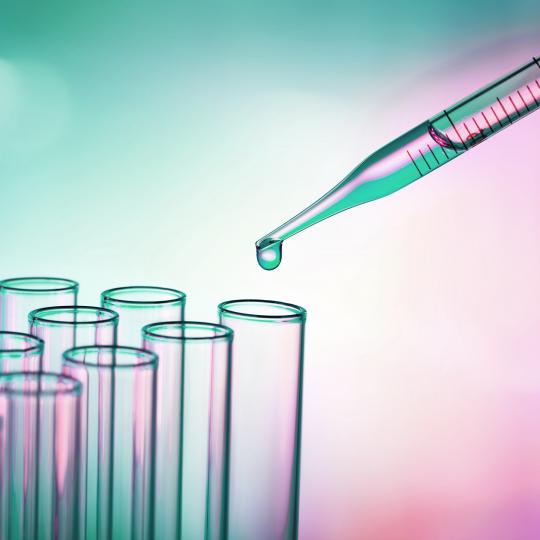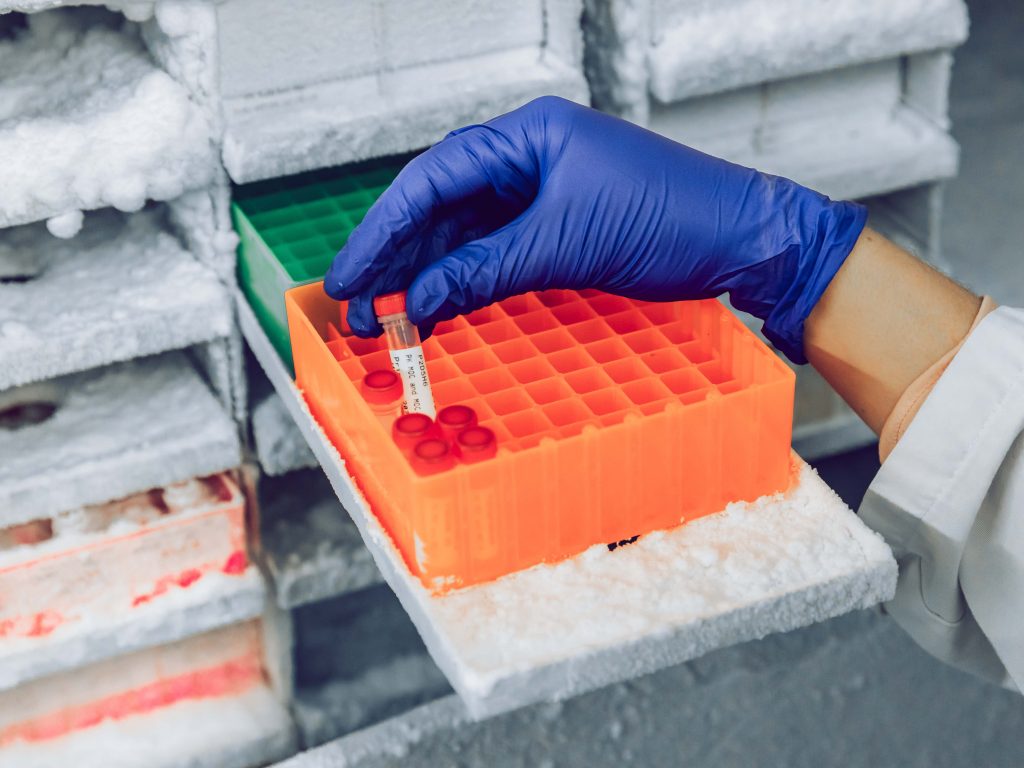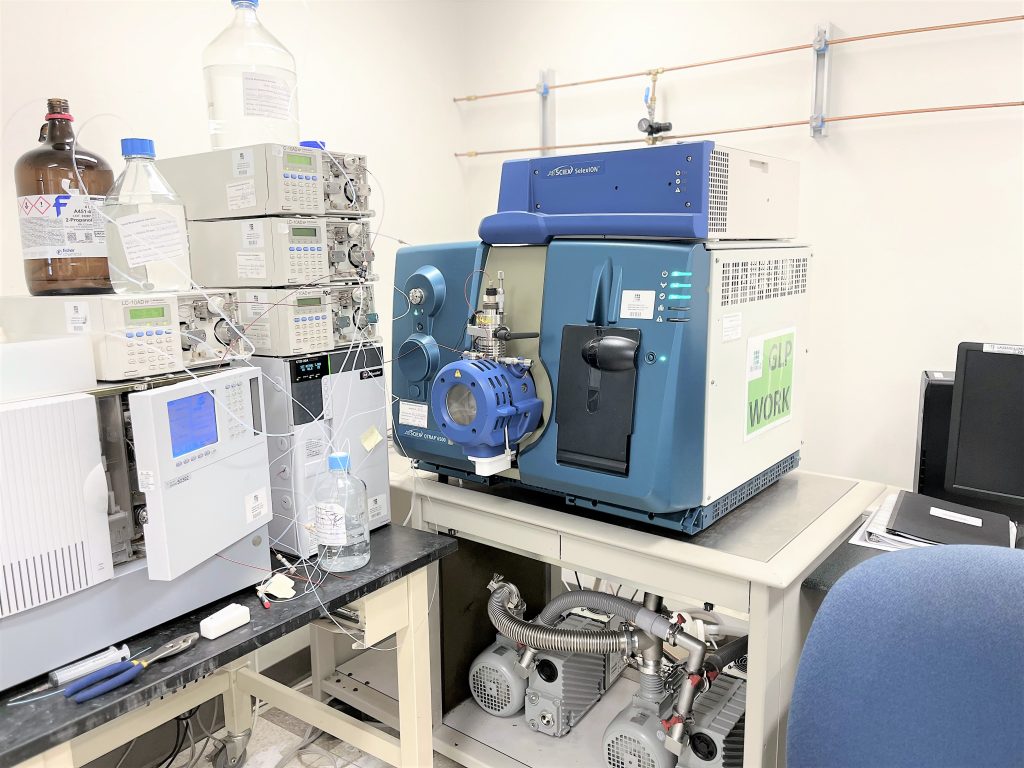GLP Quantitative Bioanalysis using LC-MS/MS
Bioanalysis plays a crucial role in drug development and pharmacokinetic studies. LC-MS/MS (Liquid Chromatography-Mass Spectrometry) is a key analytical technique that combines the separating power of liquid chromatography with the highly sensitive and selective mass analysis of spectrometry.







